A few weeks ago I finally managed to finish The Witcher Saga. These five novels published between 1994 and 1999 and form the heart of the Witcher franchise. Written by Polish author Andrzej Sapkowski they come on the heel of the two short story anthologies. Those were released in book form in 1992 and 1993 and were recently adapted as part of the Netflix series The Witcher. The series stars Henry Cavill as the titular character whose review can be read here. Season 2 of that show will thus deal with the saga proper, starting with the first book – Blood of Elves.
Below is an overview / review of The Witcher Saga – all five books. They have received my thumbs up if you want something spectacular to read. However, the novels do come with some caveats as the author was not able to maintain a consistent quality. If you still feel inclined to more Witcher materials then you can read my recent review of The Witcher 3 on Nintendo Switch.
Blood of Elves – a good start to The Witcher Saga
Entitled ‘Krew elfów‘ in Polish the novel is set after the fall of Cintra. Emperor Emhyr var Emreis seeks queen Calanthe’s granddaughter Ciri and hopes through marriage to secure his hold on Cintra. The Northern Kingdoms hope to prevent this by killing Ciri. Geralt prevents this by taking Ciri to Kae Morhen, the witcher stronghold deep in the north east. There Ciri begins to have strange visions and Geralt’s old mentor Vesimir calls upon the sorceress Triss for help. She indentifies Ciri as a Source. However, Triss knows she lacks the power to deal with Ciri and sends for Yennefer. Her appearance causes a renewal of her relationship with Geralt, but it remains as complicated as ever.
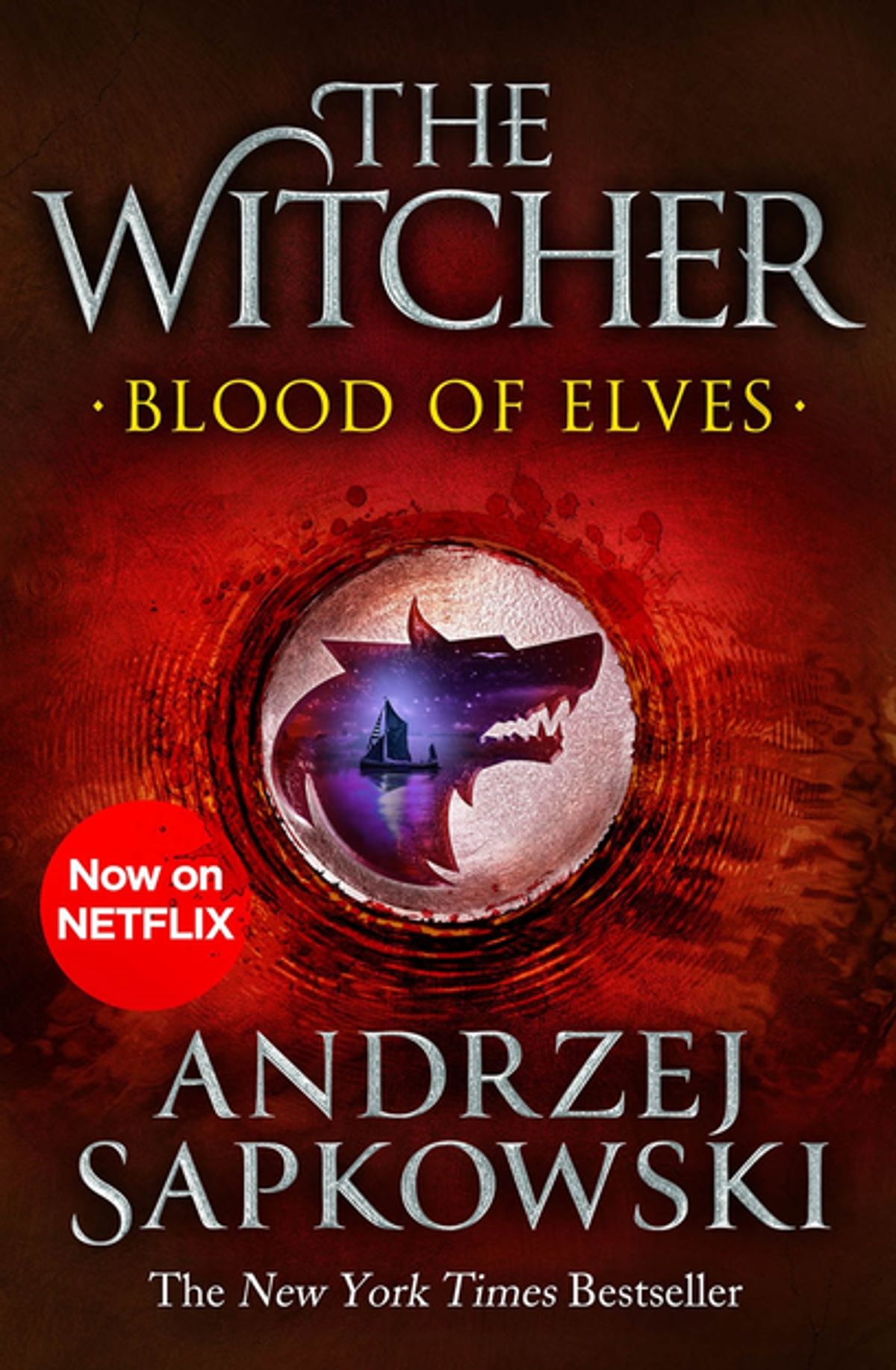
Ciri’s relationship with Yennefer starts off acrimoniously, but ultimately develops in a quasi mother-daughter relationship. Geralt meanwhile has to deal with Rience, a mage who answers to an unknown master. Geralt also tries to uncover just exactly why Emhyr is interested in Ciri, as he suspects another reason. All this means that the first book gets off to a good start. In most ways the writing style remains similar to the short stories that preceded it. The number of new characters introduced does make it hard to remember who is who at times, a situation that worsens in the second novel.
Time of Contempt
The second novel was originally published as ‘Czas pogardy‘ in Polish, but in English is known as Time of Contempt. It is an odd novel in many ways. The first half encompasses Yennefer and Ciri’s journey to Thanedd Island where Ciri is to be educated in the use of magic. However, the journey is very long as the author does every bit his best to set up the story arc and characters for the remaining novels. That means the journey takes too long.
Reading about sorceresses getting drunk in a bathhouse is quite feminist, the author certainly portrays it as such. However, that Ciri would use this opportunity to runaway from Yennefer to meet with Geralt was also inevitable. Such quick deviations of the story mark the rest of the saga as well. Along with some confusing flashbacks makes it at times hard for the reader to understand what is happening.
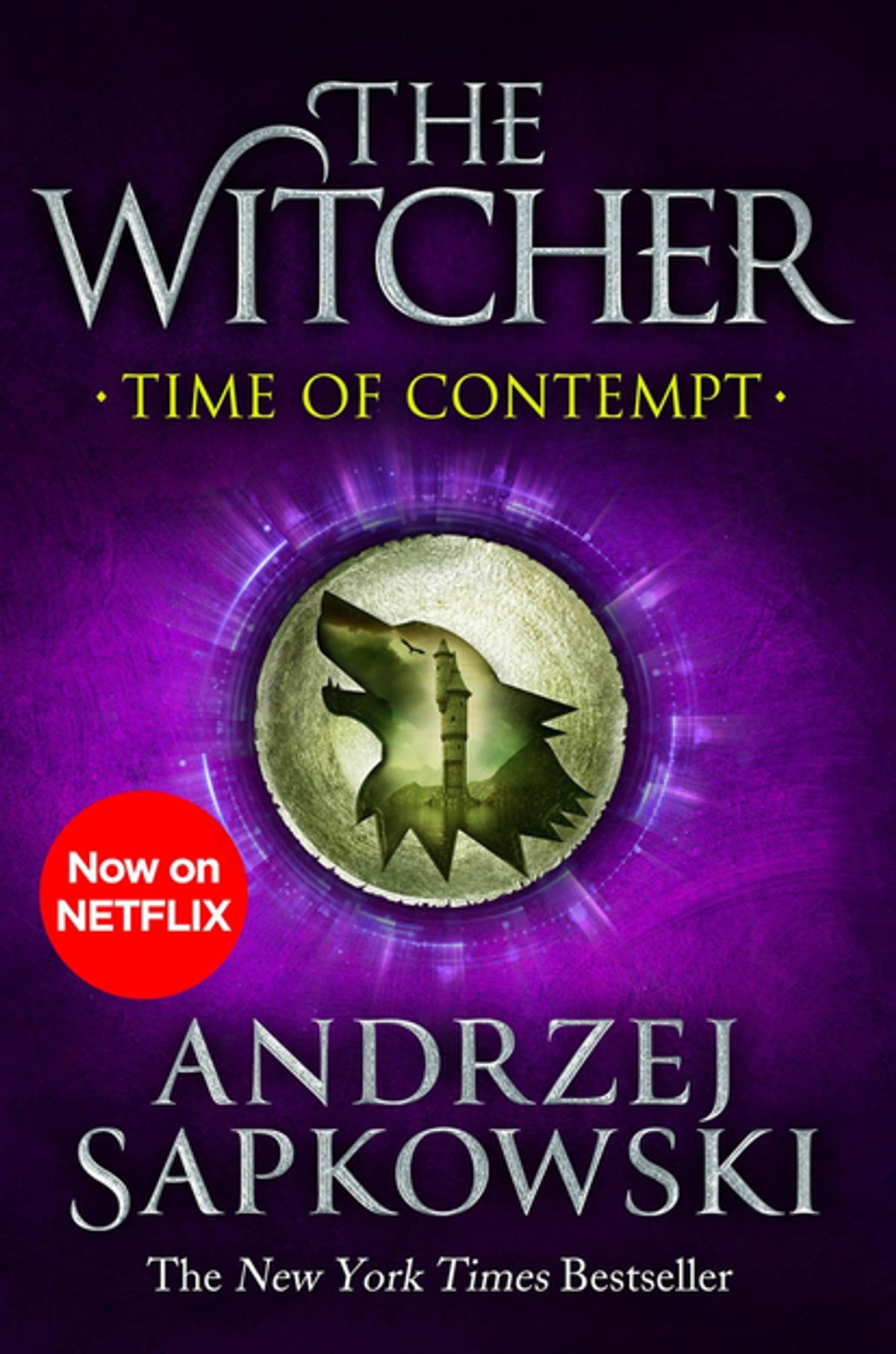
The second part of the book takes place on Thanedd island. The sorceresses and mages are involved in a power struggle. Those allied with the Northern kingdoms strike first to unveil those secretly working for Nilfgaard. The coup that result was anticipated by the mage Vilgefortz and with the help of elven commando’s overwhelms Geralt and the others. The conclusion leaves most of the mages and sorceresses dead. Ciri escapes through a portal and arrives in an abandoned desert. Meanwhile Geralt is severely wounded at the hands of Vilgefortz but manages to escape with the help of Triss Merigold. What results is a full blown war between Nilfgaard and the other kingdoms. One that Emperor Emhyr var Emreis of Nilfgard had been preparing for. In some ways this feels like the true start of The Witcher Saga.
Baptism of Fire
Known in Polish as Chrzest ognia Baptism of Fire marks a deviation from the previous two novels. Ciri and Geralt are now separated with the latter having to recover from the events on Thanedd. Soon Geralt leaves Brokilon Forest to find Ciri. He does not know where she is or how he will find her, but he feels compelled to. As a companion he takes with him Milva. Her expert use of the archer’s bow will come in handy through the remaining novels. But with Nilfgaard at war with the northern kingdoms the journey is slow.
Time and time again they are forced to deviate from their course to avoid brigands and cavalry. Sapkowski describes the war-torn countryside in great detail. Burning villages, massacred and raped farmers and the consequences of a deadly plague. It is a tough novel to like in that regards. Meanwhile Ciri does not have things easier. She has been teleported halfway cross the continent and is still sought by bounty hunters to take her to Emhyr var Emreis.
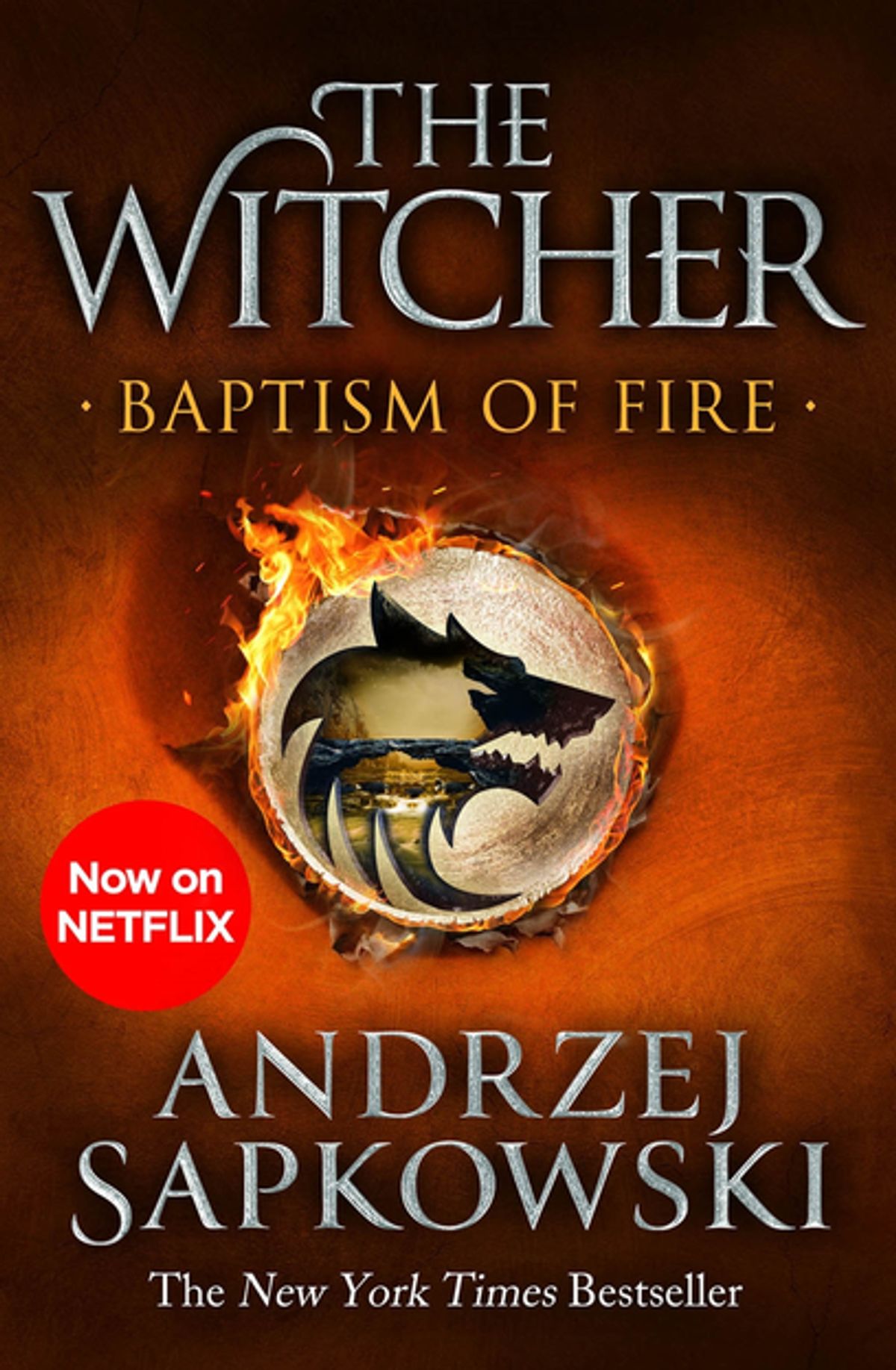
As though the author knew he had to do something several new characters join Geralt, Dandelion and Milva. First there is the Dwarf Zoltan Chivay and his group – who bring a sense of lightheartedness but are also earnestness. Then there is the vampire Regis, or as I should say Emiel Regis Rohellec Terzieff-Godefroy. Regis brings invaluable medical skills and like Zoltan gives the reader a glimpse of the wider world. The story, that was starting to flag, picks up again. However, it also becomes obvious to the reader the author has started to plan a lot less. Ciri starts to grow as a character much on her own. After joining a youthful gang called the Rats she becomes Falka and learns to enjoy killing.
The Tower of the Swallow
The fourth novel in the saga was ‘Wieża Jaskółki‘ and translates as The Tower of the Swallow. With it Sapkowski reverts to earlier techniques by telling the story as a flashback. The story starts with the exiled philosopher Vysogota tending to the wounds of a severely injured Ciri. The reader only has a nominal idea what might have happened. Vysogota deduces what might have happened to Ciri. After she regains consciousness she recounts. After the events in the desert she joined the Rats, small gang that had taken a liking to her and where she felt home.
However, to break free from pursuers they decide to ambush the bounty hunter Leo Bonhart. Using supernatural speed and strength he kills them all except Ciri. Their bodies are decapitated. And so she becomes his prisoner. Bonhart may have the idea Ciri is worth a lot more than she appears and extract a higher price from Emhyr’s hunter Skellen and the mage Vilgefortz.
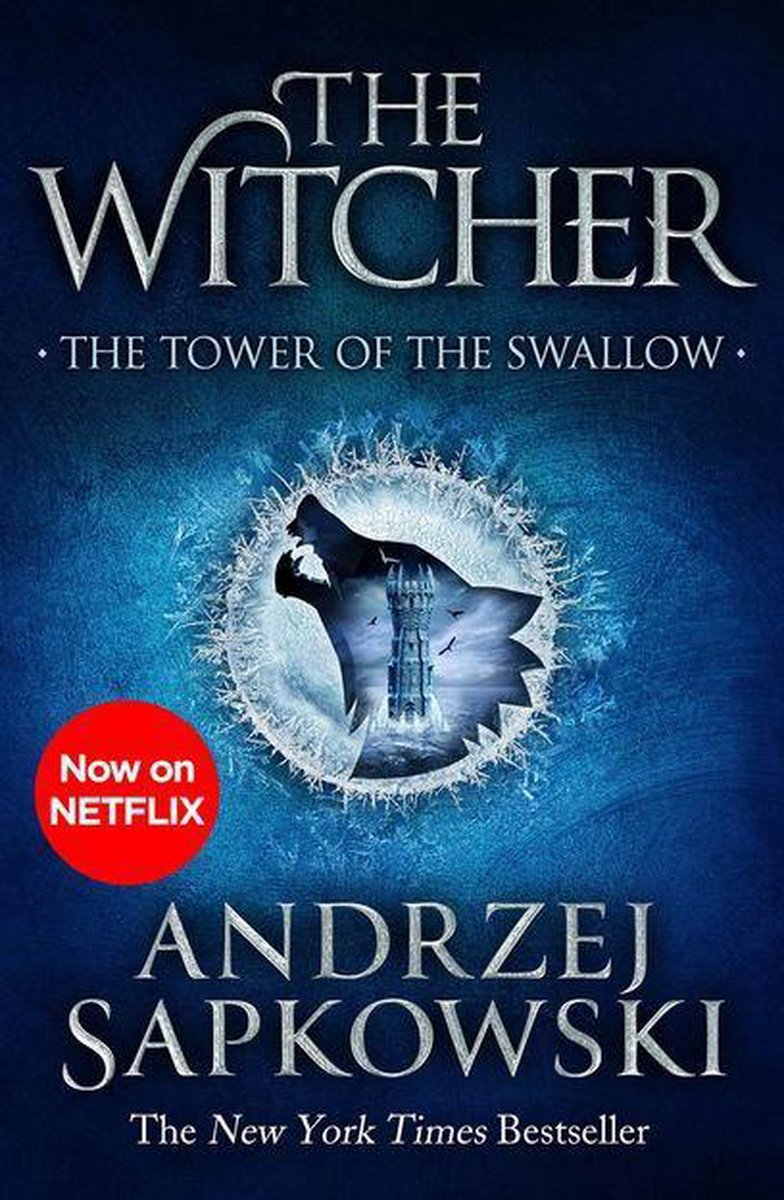
Too many detours
Sadly Sapkowski now also decided upon three lengthy detours. The first is that of spymaster Dijkstra of the Kingdom of Redania. He travels north to Kovir to elicit help from King in their fight against Nilfgaard. In a nod to modern politics Dijkstra manages to obtain a secret source of funding. Meanwhile Yennefer travels to Skellige for sanctuary away from the Lodge of Sorceresses. Despite Craig en Craite’s initial hesitation she persuades him to help her go after Ciri.
Her idea is to first investigate the mysterious disappearance of Ciri’s father and mother 15 years back at sea. She believes Vilgefortz must be behind it. The third story is about Geralt and his little gang as they make their way to Toussaint, just north-east of Nilfgaard. Their journey continues to show the brutal life that is part of Sapkowski’s world. They are joined by the young woman named Angouleme. While the latter brings with her some lightheartedness it also feels to the reader she might be a stand-in for Ciri.
The Lady of the Lake
Originally published as ‘Pani Jeziora‘ The Lady of the Lake. In this fifth and last novel we see the author once again change tack. The sorceresses Condwiramurs and Nimue study the story of Geralt and Ciri through their dreams. The events are now myth. It is an interesting meta as Ciri herself is recounting the story to Sir Galahad, so it is a double meta. However, despite side story the author focuses on ending the saga. Geralt is in Toussaint. He feels guilt at having to settle in for the winter. Here the author decides to make another jump. Geralt has a vision while chasing monsters in wine cellar of an estate.
He overhears Skellen about where Vilgefortz is holding Yennefer. Had this vision not occurred the author would have been obligated to write a whole additional novel. Ciri meanwhile is held captive by Elves in the world of Aen Elle she crossed over to in book 4. The Dearg Ruadhri or Wild Hunt want her to produce a child with King Auberon, which she reluctantly agrees to. She eventually manages to escape this world through the help of the Unicorn Ihuarraquax that she saved earlier. But the Wild Hunt lead by Eredin ensure she knows this is not the end of it.
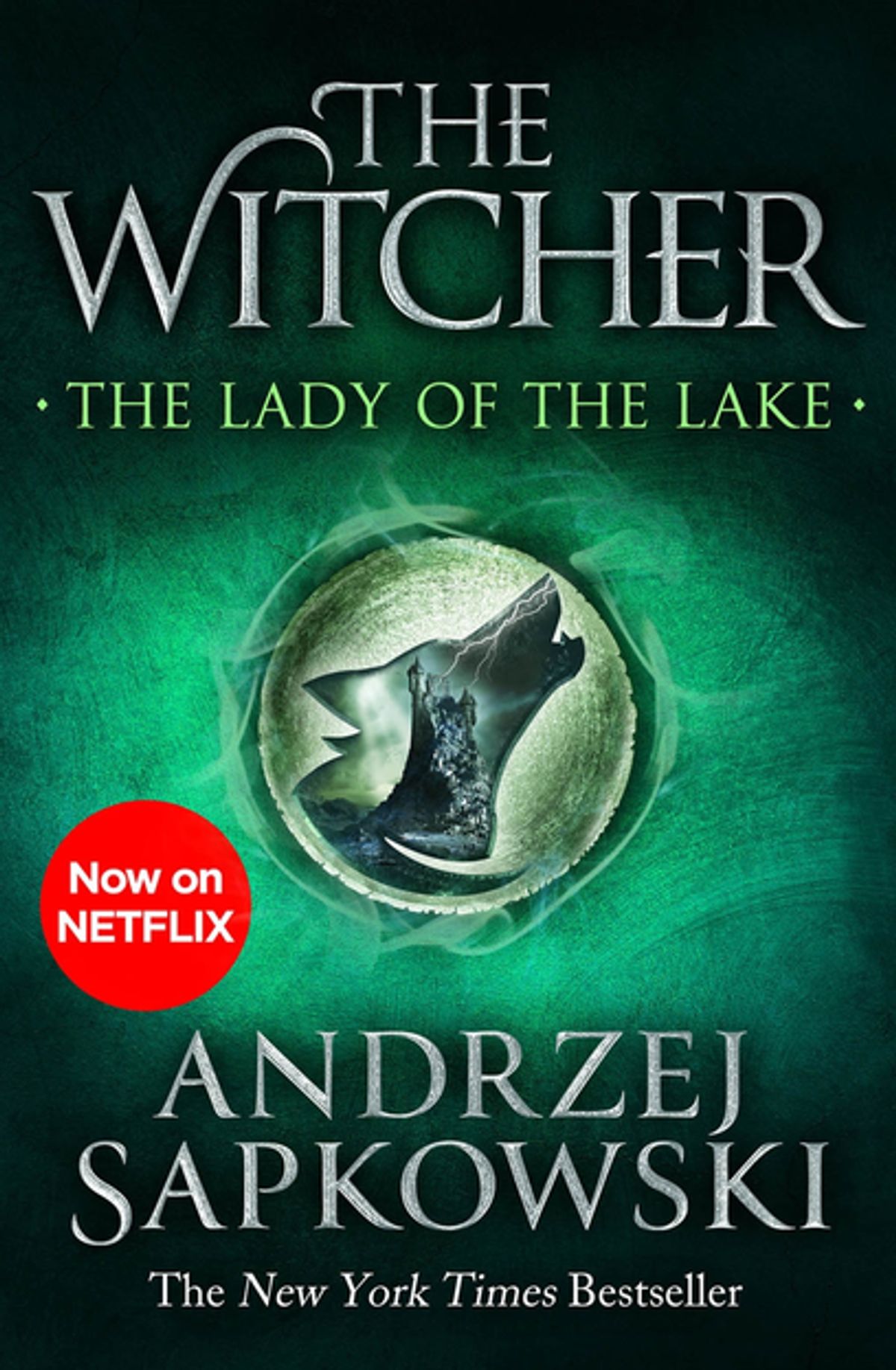
The Witcher Saga is waylaid
Now Sapkowski decides to sidetrack yet again by introducing a whole new story, that of the scribe Jarre from the temple of Melitele. The young man has runaway from the women running the temple to join the army of King Foltest in its fight against Nilfgaard. While the story is not without merit, and we are introduced to wonderful characters such as Julia Abatemarco, also known as Pretty Kitty. Sapkowski uses his historical background to depict the battle in great detail. It is just a shame it take s up a third of the book an does little to add to the overall story.
Finally the separate story lines converge at Montecalvo Castle. Vilgefortz dies, as does Bonhart. However, everybody who accompanied Geralt on his journey also dies: Regis, Milva, Cahir and Angouleme. That is a bitter taste for any reader. Though the author may have intended that with the purpose of not giving a happy ending it still sucks. Note that some of these characters do return later on in The Witcher games. After Yennefer, Ciri and Geralt are saved their are confronted with the Nilfgaardian army that has taken the castle. The showdown with Emyr Var Emreis is particularly satisfactory. Geralt reveals he knows Emhyr is Ciri’s father. Most readers would have guessed by this point, but it is still and effective plot conclusion.
The remainder of the novel ties up the loose ends of the story, though none of it make for a particularly happy ending. Again I see Sapkowski’s referencing the Second World War in which Poland had a particularly hard time.
Overall opinion
From my overview of each novel you know I am not unreservedly positive. Despite the fact I enjoyed this saga I also felt annoyance. As the series progresses the author’s style becomes much looser. That may be hard to explain, but it feels as though there was less editing. Slowly modern words and phrases settle into the vocabulary. After this happens and the story start to loose focus by book 4 it reads more like fan-fiction. That is a shame, Sapkowski tells stories that are both playful and cynical at the same time.
The Witcher Saga tries to introduce grand themes along the lines of the human conditions – the nature of conflict and societal inequality. Geralt and to a lesser degree the other characters are against decisions forced upon them and actively rebel. At times it feels as if the author does the same thing, but then against his own work. I should point out the excellent work by the translator.
The Witcher Saga – yes or no?
Now don’t get me wrong. I did enjoy this saga, but it not as good as The Lord of the Rings or A Song of Ice and Fire. Turning out a new novel for 5 years straight hurt the quality in that regards. Recently I started reading the only known work set in The Witcher franchise after the saga. It is the 2013 novel Season of Storms. That standalone novel harkens back to the short stories with careful plotting and characters development. It proofs what could be had the author been more careful. Overall, even if you are not a big fan of The Witcher I do recommend reading this saga. It is a long journey, but ultimately worth it. I hope you enjoyed my very lengthy review of The Witcher Saga. If you liked this content please fill out the subscription widget on the right.





I want to say, RTF…G? 🙂